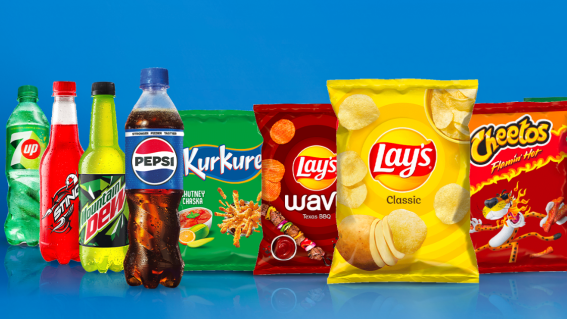How Pepsi’s retail media play was boosted by Uber … and the pandemic
At IAB’s Measure Up conference in Sydney on Wednesday, Pepsi’s national account manager shared how online pandemic-accelerated shopping habits, mixed with the rise of Uber’s food delivery service completely changed how the company now serves impulse customers.

PepsiCo's product range includes Cheetos, Lays, Mountain Dew, and Pepsi.
Alison Silver is the national account manager for PepsiCo. As one of the market leaders in the snacks and beverages sector, Pepsi very much deals in impulse buyers.
The company uses multiple retail media networks, but is ultimately looking for a single ROI figure across all its marketing investments.
Silver was part of a panel at the IAB Measure Up conference in Sydney on Wednesday that got granular about how improving measurement data is helping brands and agencies understand — and prove — effectiveness at every stage of the marketing funnel.

